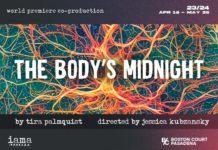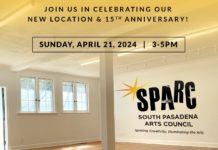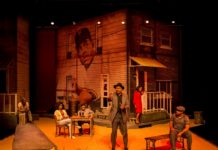
No doubt you’ve seen them, those white double arrows with a bicycle painted below along busy Mission Street in South Pasadena.
They’re in the center of the right lane designed to tip off motorists that a bicyclist can share the same path as a car. A “sharrow,” or “Shared Lane Marking,” as they are called, is a relatively newer term in the roadway-striping business.
“The lane is shared by both the bicyclists and the drivers,” explained Dan Garcia, the City of South Pasadena’s public works’ inspector. “They are there to warn motorists they are sharing the roadway.”
Garcia agreed that motorists might be curious by the markings “because there is not a dedicated lane for bicyclists along Mission Street,” he said. “We really want to warn drivers who are not bikers that the lane is being shared. That’s the main thing.”
The markings can be found along major bicycle routes around the country where a designated lane is impractical.
They indicate that motorists should not only expect to see cyclists but they should also drive further out in the lane to avoid them. Markings must be 11 feet from the curb and beyond what’s known as the “door zone.”
When a roadway is not marked with sharrows, according to the California Vehicle Code, roadway rules remain the same. The vehicle code says a cyclist does not always have to ride to the right side of the roadway, applying term “as far right as practicable” instead.
No doubt, a white bicycle outline topped with two chevrons will still be confusing to both cyclists and drivers of vehicles.
Denver was the first to have Sharrows in the 1990s, but the word wasn’t coined until the early 2000s in San Francisco. The Federal Highway Administration’s Manual on Uniform Traffic Control Devices added it to its terminology in 2009.
You should never see them in speed limits above 35 mph but in situations where cyclists and drivers are encouraged to coexist.
And, well, just get along.


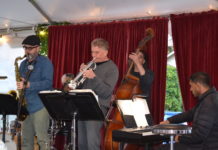


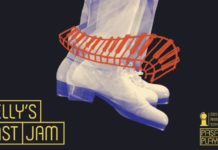


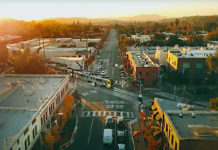
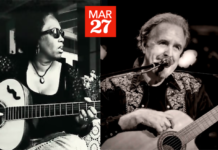










.png)





